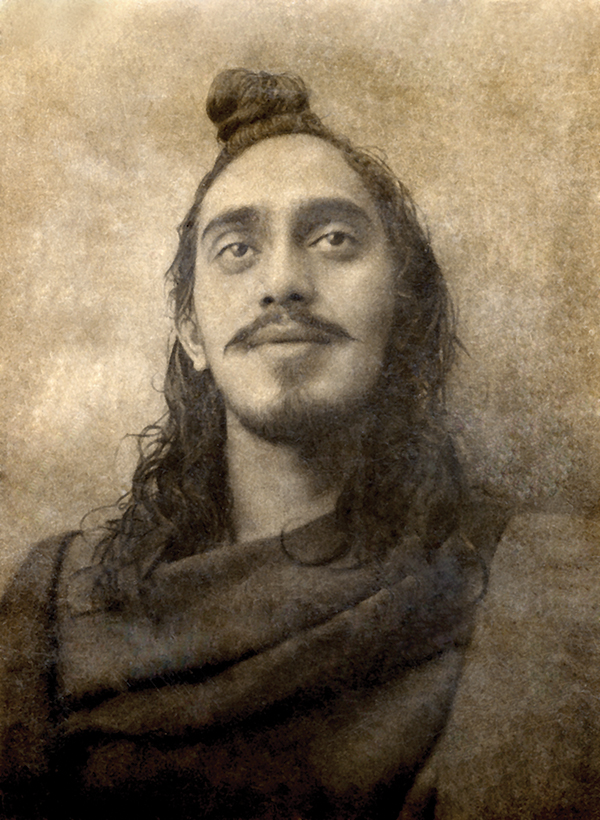. . . . continued from previous issue
The yogis say that only a certain surface of the mind is asleep but that a vast area of the mind never sleeps. For if the entire mind were to sleep, who is it that continues the digestive processes during that time? Who keeps the lungs breathing and the heart pumping? If the entire mind were to sleep, who would wake us up again? Seeing that the body (which is run by the mind) maintains some of its operations during sleep, we surmise that a part of the mind must remain awake; but if we simply depend on body consciousness to experience that mind which remains awake while we sleep, we are left helpless. Yet we know that the will of consciousness is operant in the mind in order to keep the body functioning and to wake us up again. Thus it becomes clear that the finer energies cannot be contained in, or measured by, the denser ones, but the opposite is not the case.
Our greatest concern in a study of the relationship among energies within the human personality is with the question of self identification, called abhimana in Sanskrit. In the average individual, consciousness has gravitated to identification with the densest energy level, the body—or so it appears. But in fact consciousness can identify with each of the forms the energy takes and call them all “I.” This person identifies his relationships with various members of his family. For instance, take these four statements: He is my father, I am his son; she is my sister, I am her brother, she is my wife, I am her husband; she is my daughter, I am her father. In each the “I” is common, but the relationship differs. The person saying “I” has the experience of being in all four roles, those of son, brother, husband, and father. But each of the relatives can play only a single role with him. The wife cannot know him as a son, the sister cannot identify with the father in him. Yet he is all four states within himself. He is also apart from these—just himself—sitting writing a poem to his divine Lover. Then he is free of all human relationships at that time, yet he is even closer to his true identity. It is thus with consciousness. At the level of the body we identify consciousness with the body, and it says, “Yes, body, too, is made of my being, but I also breathe in breath, animate through prana, and think when I am mind, and yet I dwell in my own nature apart from these at all times. They are my modes, but I am not their mode. They are my variations, but I am the theme.”
In other words, even though most human beings seem to identify with only the surfaces of their bodies, consciousness remains wide awake and active elsewhere, too, for if their identifications were truly limited to the surfaces of their bodies (as in the case of someone sleeping), how could they breathe with the lungs, digest with the internal organs, and send out brain waves? Deeper still, how could they have internal emotions and other forms of thought? Obviously, consciousness is operant in and identified with each of these forms of energy even though it appears that their main identification is with the surface of the body. As we cultivate meditative self-awareness, we gradually proceed from the exterior to the interior self identifications of consciousness—first the body, then the prana, then many stages of mind, one after another, and, finally, pure consciousness alone.
A question is often asked, “How did consciousness ever lose its purity in the first place?” The answer is that it never did. Just as one’s whole mind is never asleep even though the sleeping part does not know of the ever awake part, and just as his sister does not know him as his daughter’s father, so body consciousness identification cannot be identified with the pure consciousness one. But the full and pure consciousness continues on, taking care of all its children—the lower level frequencies which are powerless to contain and measure it. Again and again the ancient texts on the nature of consciousness have made this assertion: “Who are you that ask this question?” A being identifying yourself with the consciousness as it extends into the body? Just move a bit on the spectrum. Keep moving. All of those colors reflect the same light. When did light ever cease to be light? The green is green and the red is red, but the light is always light. Only when you identify the light with one of its modes do you see blue or red. See all of consciousness, and your body is included.
to be continued . . .
Reprinted from Revision, Vol 3, No. 1, Spring 1980

